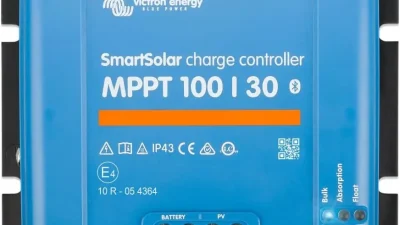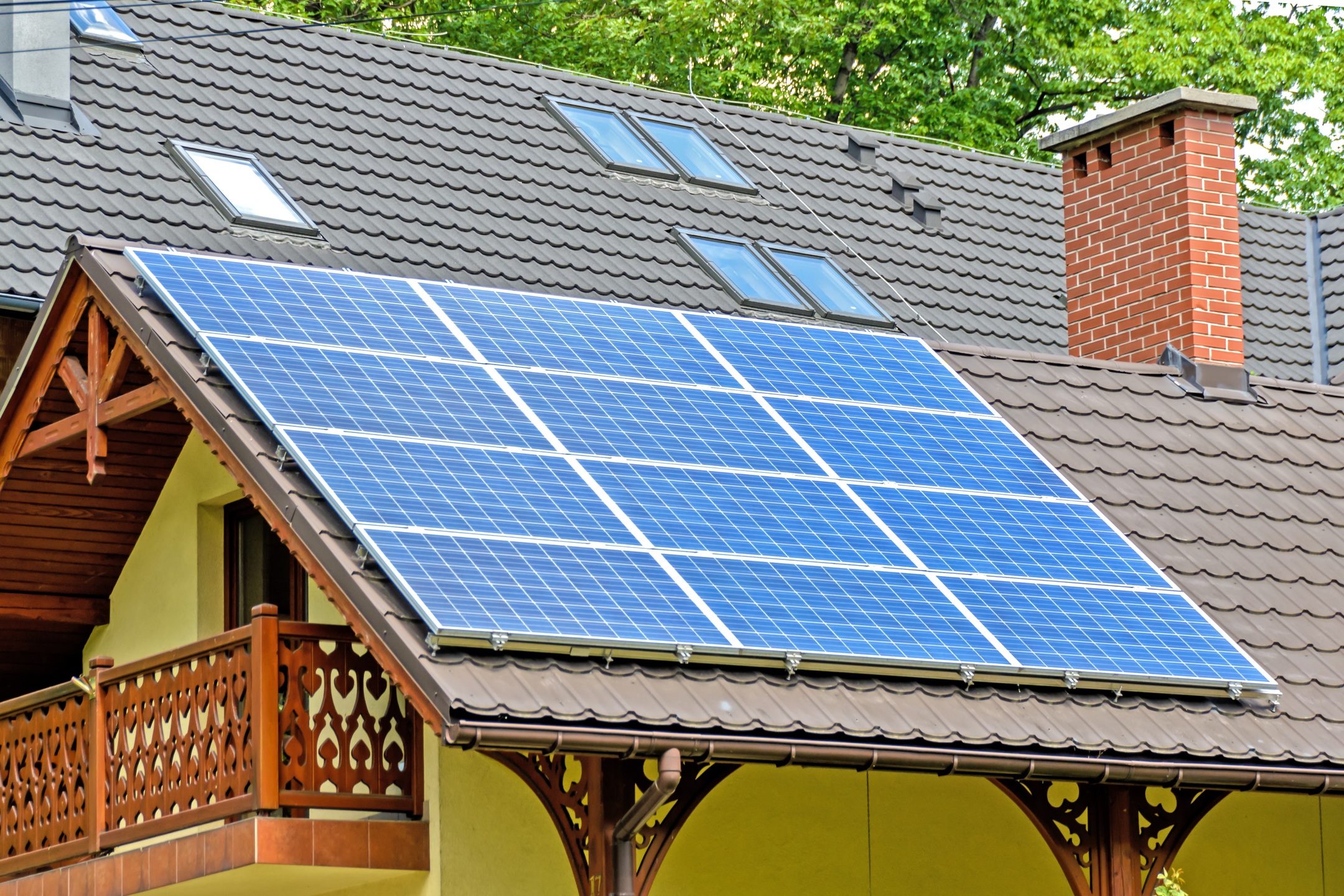Designing an off grid solar system is a critical first step for anyone interested in energy independence, reducing utility costs, or ensuring reliable electricity in remote locations. Whether you are preparing a cabin retreat, backing up your home, or launching a sustainable homestead, understanding the process of planning and designing your own solar solution is essential. This comprehensive guide walks you through the primary considerations, planning stages, and technical essentials of starting your off grid solar project, with actionable insights based on industry best practices.
Table of Contents
- What is an Off Grid Solar System?
- Key Benefits of Off Grid Solar Design
- How to Assess Your Energy Needs
- Understanding Core Components of an Off Grid System
- Site Assessment and Sunlight Availability
- Battery Storage: Sizing and Selection
- Choosing the Right Inverter
- Safety, Permits, and Local Regulations
- Common Pitfalls and How to Avoid Them
- Conclusion: Getting Started with Off Grid Solar
What is an Off Grid Solar System?
An off grid solar system operates independently of the traditional utility grid. Unlike grid tied systems that supplement energy needs and allow for bi directional energy flow, off grid systems are designed to generate, store, and provide all the necessary power for a property without external power lines. These systems are often used in remote locations where grid access is costly or impractical, but they are also suitable for homeowners seeking total energy autonomy. The main elements include solar panels, batteries, charge controllers, and inverters, configured to balance generation and consumption at all times.
Key Benefits of Off Grid Solar Design
Why go off grid? The primary advantages can be economic, lifestyle driven, or environmental. Consider these core benefits:
- Energy Independence: Taking control of your electricity source means no more outages due to public grid failures or disasters.
- Cost Savings: Although the upfront investment can be significant, off grid solar eliminates ongoing electric bills and can yield long term savings, especially in remote regions.
- Sustainability: Off grid systems rely entirely on renewable solar power, significantly reducing carbon footprint and contributing to global sustainability goals.
- Remote Viability: For cabins, farms, Tiny Houses, or remote workspaces, off grid solar is often the only reliable power source available.
- Scalability: Modern technology allows these systems to grow and change with your needs, from powering single appliances to whole homes.
How to Assess Your Energy Needs
One of the most vital first steps in designing your off grid solar system is accurately calculating your energy requirements. Knowing how much electricity you need daily shapes every part of your system’s design and budget. Follow this process:
- List Every Appliance: Write down all electrical devices you intend to use, including lighting, refrigeration, water pumps, communication devices, and seasonal or occasional loads.
- Find Power Ratings: Check labels or manufacturer specifications for each appliance’s wattage or use a kill a watt meter to measure.
- Estimate Daily Use: Multiply the power (in watts) of each item by the number of hours it’s used per day. For example, a 50 watt fan running for 8 hours uses 400 watt hours daily.
- Sum Total Daily Use: Add up all the watt hours for every appliance to get the total daily consumption in kilowatt hours (kWh).
- Factor in Inefficiencies and Growth: Increase your total estimate by about 20-30 percent to account for system losses, future appliances, and battery inefficiency.
This total daily energy usage is the foundation for sizing your solar panels, batteries, inverter, and wire gauge. Always round up to provide a comfortable energy cushion.
Understanding Core Components of an Off Grid System
Each off grid solar setup includes several main components, each of which needs careful selection and sizing:
- Solar Panels: Convert sunlight into direct current (DC) electricity. Panel wattage and quantity must match your calculated energy needs and local sunlight conditions.
- Batteries: Store energy for use during nighttime or cloudy periods. Battery chemistry (lead acid vs. lithium iron phosphate) affects lifecycle, performance, and cost.
- Charge Controller: Manages the flow of electricity from panels to batteries, preventing overcharging or deep discharging. Maximum Power Point Tracking (MPPT) controllers offer better efficiency in most conditions.
- Inverter: Converts stored DC electricity from batteries into alternating current (AC) to power standard household appliances.
- Circuit Protection: Fuses, breakers, and disconnects are necessary for system safety and maintenance access.
The careful selection of these parts determines your system’s efficiency, reliability, and longevity.
Site Assessment and Sunlight Availability
The performance of your off grid solar system depends heavily on location. A thorough site assessment is crucial before you purchase panels or hardware. Here’s how to perform a solar site assessment:
- Measure Available Space: Inspect the roof or land area where you’ll install panels. Make sure there is enough unobstructed surface, ideally oriented south in the Northern Hemisphere for maximum sun exposure.
- Monitor Sunlight Hours: Use online solar maps or mobile apps to determine average peak sun hours per day at your location for all seasons. This is essential for accurate system sizing.
- Check for Shade: Identify seasonal shading from trees, buildings, or other obstructions. Even small shadowed areas can drastically reduce solar output if not accounted for during planning.
- Consider Weather Patterns: Note local trends in cloud cover, snow, rain, and dust. Systems in cloudier regions need larger capacity or supplemental backup options.
Factoring in sunlight availability guides you in optimizing both panel layout and panel array size.
Battery Storage: Sizing and Selection
Batteries are the backbone of off grid independence, giving you power when the sun is down or during bad weather. Choosing the correct battery type and capacity is a crucial safety and financial decision.
-
Types of Batteries:
- Lithium Iron Phosphate (LiFePO4): Superior cycle life, deep discharge capability, lightweight, high efficiency but higher upfront cost.
- Lead Acid (AGM/Deep Cycle): Proven, lower cost, heavier, require more maintenance, and shorter lifespan.
-
Battery Bank Sizing: Total needed battery storage depends
on your daily kWh use, number of days you want to run without sun
(autonomy), and the discharge depth permitted by the battery chemistry.
- Recommended autonomous days: 2-3 minimum for most homes
- For a daily use of 5 kWh and 3 days of autonomy: 5 kWh x 3 = 15 kWh battery bank (adjust upward for battery inefficiency and climate)
- Installation Tips: Always use batteries compatible with your charge controller and inverter, and follow all manufacturer installation protocols for ventilation and temperature management.
Proper battery bank selection is vital for uninterrupted power and system longevity.
Choosing the Right Inverter
The inverter converts DC electricity from batteries into AC electricity for your appliances. Inverter selection impacts both what appliances you can run and overall system safety. Consider:
- Pure Sine Wave vs. Modified Sine Wave: Always choose a pure sine wave inverter for sensitive electronics, as it provides utility grade AC power and greater compatibility.
- Capacity: The inverter’s continuous wattage rating must exceed your expected simultaneous loads. For example, a home with a peak use of 2,000 watts requires an inverter rated above that figure.
- Surge Rating: Many appliances, like refrigerators and pumps, draw more power at startup. Select an inverter with a surge capacity at least 2 to 2.5 times the continuous rating of your highest starting load appliance.
- Voltage Compatibility: Make sure the inverter matches your battery bank voltage (e.g., 12V, 24V, or 48V), as mismatches can cause operational failures or even equipment damage.
- Integrated Features: Some inverters include built in chargers, transfer switches, or monitoring functions for easier management and future expansions.
When choosing an inverter, always plan for a margin above your calculated need for future proofing. High quality inverters increase overall system reliability and safety.
Safety, Permits, and Local Regulations
Safety is a top priority in any off grid solar installation. Before construction, familiarize yourself with the electrical code requirements and obtain necessary permits where needed. Local and national guidelines help ensure installations do not pose a fire or shock hazard and are reliable for long term use. Here are the main steps to follow:
- Research Local Rules: Some municipalities or states require permits, inspections, or even design approvals, particularly for larger battery banks or new electrical subpanels.
- Follow National Electrical Code (NEC) Standards: The NEC (NFPA 70) provides critical guidance on wire sizing, disconnects, overcurrent protection, and grounding for solar and battery systems. Many inspectors require compliance for code approval.
- Install Safety Devices: Always include fuses, circuit breakers, ground fault protection, and accessible disconnects. Position batteries in ventilated spaces and use proper enclosure types for outdoor or damp locations.
- Prioritize Professional Review: Even a DIY build benefits from a licensed electrician or solar installer reviewing your design or inspecting the final system before use.
Protecting your investment and household starts with a strict adherence to these safety practices and regulations.
Common Pitfalls and How to Avoid Them
Even the most enthusiastic off grid builder can fall prey to preventable mistakes. Here are the most common errors and how to sidestep them:
- Underestimating Load: Failing to accurately assess your energy usage leads to undersized and unreliable systems. Always round up your needs and check actual consumption with a power meter when possible.
- Ignoring System Losses: Solar panel and battery inefficiency, cable voltage drop, and inverter losses can amount to 30 percent or more of your total energy use. Account for these losses in all sizing calculations.
- Poor Panel Placement: Shading, improper tilt, and wrong orientation can slash output. Use tools to check sun paths at your site and install panels at the optimal tilt angle for your latitude.
- Inadequate Battery Maintenance: Batteries, especially lead acid varieties, need regular checks for water level, charge, and connections. Neglected batteries fail prematurely and risk dangerous leaks or fires.
- Improper Wiring and Installation: Cutting costs on wire sizing or skipping fusing and disconnects can cause overheating or fire. Invest in marine rated wire for outdoor runs and oversized cables for long distances.
- Skipping System Monitoring: Installing a reliable system monitoring solution, either built in or after market, lets you spot performance drops or problems before they escalate.
Avoiding these errors boosts both safety and system satisfaction for the long haul.
Conclusion: Getting Started with Off Grid Solar
Taking the first steps in designing an off grid solar system can transform your lifestyle, increase property value, and minimize environmental impact. Begin by understanding your true energy needs, thoroughly research site conditions, and select high quality, well matched components. Pay careful attention to battery sizing, inverter quality, and wiring choices, while always meeting or exceeding local safety codes. Anticipate system losses and growth, and if in doubt, seek advice from experienced installers or licensed electricians.
The journey toward energy independence starts with informed planning. With proper preparation and careful execution, your off grid solar installation can provide reliable, sustainable power for years to come.





